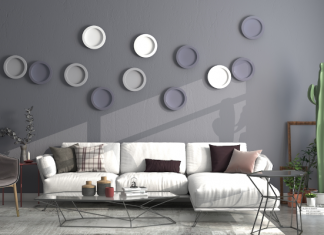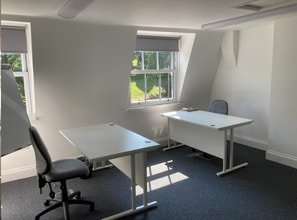Taking Your Interior and Architectural Photography to the following Level by a famous Interior designer.

As I promised once I wrote my Anatomy of an indoor Shoot post some weeks ago, if the interest was there, I’d continue the series. I’m happy to report that I’ve got way more available for you. If you’re fascinated by kicking your architectural and interiors photography into gear and adding some special sauce to your photos, this post is for you. I was an Architecture Photographer London . When I wrote the last post, I wrote that there’s often far more than meets the attention initially glance when it involves architectural and interiors photography. that very same concept applies here: if patience and problem-solving aren’t in your repertoire of photography skills, you may end up scuffling with creating dramatic, interesting, and dynamic images of spaces.
This post will cover some basics to urge us to started, and I will be explaining more concepts in further detail within the weeks to return. If you’re fascinated by architectural photography as a source of income, shooting land for an agent, or simply improving the standard of your architectural shots while on vacation, I’m hoping that this and therefore the subsequent posts will help. So without further adieu, I’m visiting walk you thru some techniques that I’ve come to use when I’m photographing an area.
Be Mindful of Vertical Lines
This is usually the quantity one issue that rears its head over and once more when those who have an interest in taking photographs of architecture or interiors request from me for help. If you wish to dive into this kind of photography, this rule can’t be ignored. once we tilt the camera up or down, vertical lines converge. This ends up in the ever-ugly ‘building falling backward’ look. If you’re shooting for an architectural client, this is often especially important, as leaning vertical lines and buildings that seem like they’re on the point of break down backward will make it appear as if the architect or builder is incapable of keeping a line straight and true, which the building isn’t structurally sound.

Using a tilt-shift lens is a method to vary the sector of view of your camera while keeping vertical lines vertical. Another method is to regulate the vertical lines in Photoshop, though this may usually end in a number of the image brings to an end and a small loss of image quality.
Even though I take advantage of tilt-shift lenses for my work, I still find myself bringing images into Photoshop to correct the vertical lines, as even the slightest misalignment is going to be glaringly obvious when viewed under a discerning eye. The fastest thanks to correct this can be by using the Free Transform and Skew tools in Photoshop.
Note within the below image the converging vertical lines, I’ve outlined them in blue. you’ll be able to see how although they’re just barely off of perfect, it still contributes to the building feeling prefer it isn’t architecturally sound. Not the thought we try to urge across after we want to indicate that our client could be a competent architect! The finished image, with the corrected verticals and lighting added, is seen below. Now we have got a pleasant, sturdy building that does not appear as if it’s in peril of collapse.



